
What if you knew that the monkeypox virus has existed for 70 years?
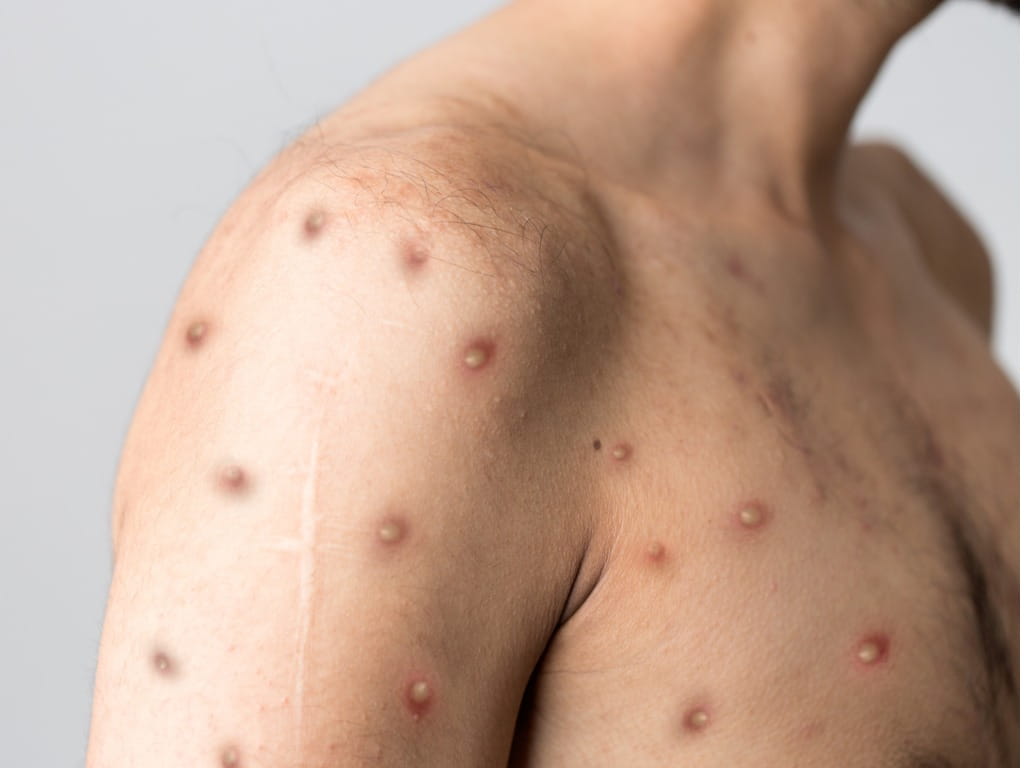
A handful of researchers have attempted to alert the international community about a growing problem with Mpox. Still, their reports essentially went ignored until an outbreak in the UK in May 2022, marking the beginning of an epidemic in several countries, including the United States. By September 2022, the outbreak had spread to over 90 countries. Human Mpox is an infectious disease caused by the mpox virus, discovered 70 years ago. The virus is present in certain regions of Central and West Africa due to transmissions between animals and humans, as well as between humans.
As did news articles, Mpox infections decreased in the following months. But nearly two years later, the threat of Mpox returned with a more deadly version of the disease, which spread from the Democratic Republic of the Congo to other African nations. This version of Mpox had not been reported outside Central and Eastern Africa by the summer of 2024, but in August, the CDC issued a health alert for providers to monitor suspicious Mpox cases among their patients, particularly those who had traveled to affected regions. African health officials declared a public health emergency just days before the World Health Organization declared Mpox a global health emergency on August 14, 2024. This is the second time in two years that the WHO has declared a global health emergency for Mpox.
Meanwhile, a recent survey from the Annenberg Public Policy Center at the University of Pennsylvania reveals that knowledge of Mpox has decreased after an increase between July and August 2022, just as fear of the disease has.
Indeed, scientists have sounded the alarm for years before the 2022 outbreak, calling for more research and better surveillance. We will regularly update this article as new information and research become available.
The Original Name of Mpox
The virus and the infection were called "Monkeypox" until November 2022, when the World Health Organization (WHO) changed the name to Mpox, gradually phasing out the term monkeypox. The WHO renamed the virus following calls from numerous groups, including a letter signed by 22 scientists in June 2022 calling for an “urgent need for non-discriminatory and non-stigmatizing nomenclature.”
“In international media and scientific literature, the dominant perception is that MPXV [mpox virus] is endemic among people in certain African countries,” the group wrote at the time. “However, it is well established that almost all MPXV outbreaks in Africa before the 2022 outbreak resulted from animal-to-human transmissions and that sustained human-to-human transmissions have been rare. In the context of the current global outbreak, continuing to refer to this virus as being African is not only inaccurate but also discriminatory and stigmatizing.”
When the WHO renamed the virus Mpox, two variants were already renamed. The former Congo Basin variant was renamed Clade One (I), and the West African variant is now Clade Two (II). Clade is a scientific term for organisms that have evolved from a common ancestor.
A Brief History
Mpox was first discovered in 1958 in monkeys shipped from Singapore to Copenhagen, Denmark, for research on the polio vaccine. At the time, researchers referred to it as a disease resembling smallpox. According to the CDC, despite the name “monkeypox” given in the following years, the source of the disease remains unknown. Like monkeys, African rodents and non-human primates may harbor the virus and infect people. The first human Mpox case was discovered in 1970 in the Democratic Republic of the Congo in a 9-month-old boy.
On July 23, 2022, nearly two months after the UK reported its first Mpox case, the World Health Organization declared mpox a global health emergency — also known as a Public Health Emergency of International Concern (PHEIC) — signaling the need for an international response to ramp up available testing, medicines, and vaccines.
The first case of Mpox in the United States was identified on May 18, 2022, in Massachusetts. On August 4, 2022, the United States declared a public health emergency, allowing the administration to use federal funds to respond to the outbreak.
The mpox virus is a member of the Orthopoxvirus genus in the Poxviridae family and is related to the smallpox and vaccinia viruses. Mpox is less contagious than smallpox and causes a less severe illness. (Smallpox was declared eradicated worldwide in 1980. Chickenpox belongs to another family of viruses called Herpesviridae.)
The first documented mpox outbreak outside of Africa occurred in the United States in 2003. Eighty-one cases were reported in Illinois, Indiana, Kansas, Missouri, Ohio, and Wisconsin. The outbreak was linked to a shipment of animals from Ghana. In 2021, a case of infection was documented in a U.S. resident returning from Nigeria.
Transmission and Symptoms
Researchers still do not know in which host the Mpox virus lives and reproduces naturally. Still, several animal species are susceptible to the virus, including rope and tree squirrels, Gambian pouched rats, dormice, and non-human primates (monkeys).
Transmission of the virus from animals to humans — also called zoonotic transmission — can occur through direct contact with the blood, bodily fluids, or lesions of infected animals. Human-to-human transmission can result from close contact with respiratory secretions such as droplets, skin lesions of an infected person, or objects like bedding used by a person with mpox. Transmission can also occur through the placenta from mother to fetus or during birth.
Droplet transmission typically requires prolonged face-to-face contact. This puts healthcare workers, household members, and other close contacts of active cases at greater risk.
So far, data suggest that gay men, bisexual men, and men who have sex with men represent the majority of mpox cases in outbreaks in the United States and other countries. But according to the CDC, anyone, regardless of sexual orientation or gender identity, who has had close personal contact with someone infected with mpox is at risk.
Over the decades, the mortality rate from mpox infection has varied from 0% to 11%, but researchers estimate that the mortality rate for the current outbreak is about 0.03%.
Symptoms of the current mpox outbreak include a rash that can be found on or near the genitals or anus. It can also appear on the hands, feet, mouth, face, and chest. Other symptoms include fever, chills, exhaustion, muscle aches, headaches, and sore throat. The illness lasts between two and four weeks.
Over the decades, the mortality rate from mpox infection has varied from 0% to 11%, but researchers estimate that the mortality rate for the current outbreak is about 0.03%.
Treatment and Vaccines
There is no specific treatment for mpox, but antivirals such as tecovirimat (TPOXX) may be recommended for individuals more likely to become severely ill, such as patients with weakened immune systems, according to the CDC.
Vaccination against smallpox is 85% effective in preventing Mpox. JYNNEOS, manufactured by Bavarian Nordic A/S, is currently the only FDA-approved vaccine in the United States that can prevent the infection. The vaccine was first approved in 2019 in the U.S. to avoid smallpox and Mpox. People exposed to the virus can also get vaccinated. The CDC recommends vaccination within four days of exposure. ACAM2000 is another FDA-approved vaccine for preventing smallpox, but it is associated with a higher risk of adverse reactions than JYNNEOS. For more information on the availability of mpox vaccines, read the mpox outbreak alert from August 17 by the Johns Hopkins Center for Health Security. This Vox article by Keren Landman also explains why ACAM2000 is not currently being used. And “Monkeypox Vaccine 101” by epidemiologist Katelyn Jetelina provides a good overview.
A report from July 2022 by the Kaiser Family Foundation examines locally whether jurisdictions are requesting the vaccines allocated to them. It finds that the demand rates for JYNNEOS vary significantly. While most jurisdictions requested their total vaccine supply, some requested a percentage of their allocation. When the report was published, ten states — Washington, Missouri, Kansas, Georgia, Nevada, Montana, South Dakota, Oklahoma, Kentucky, and Arkansas — had requested 50% or less of their share.
Note: This article was originally published on Journalistsressources
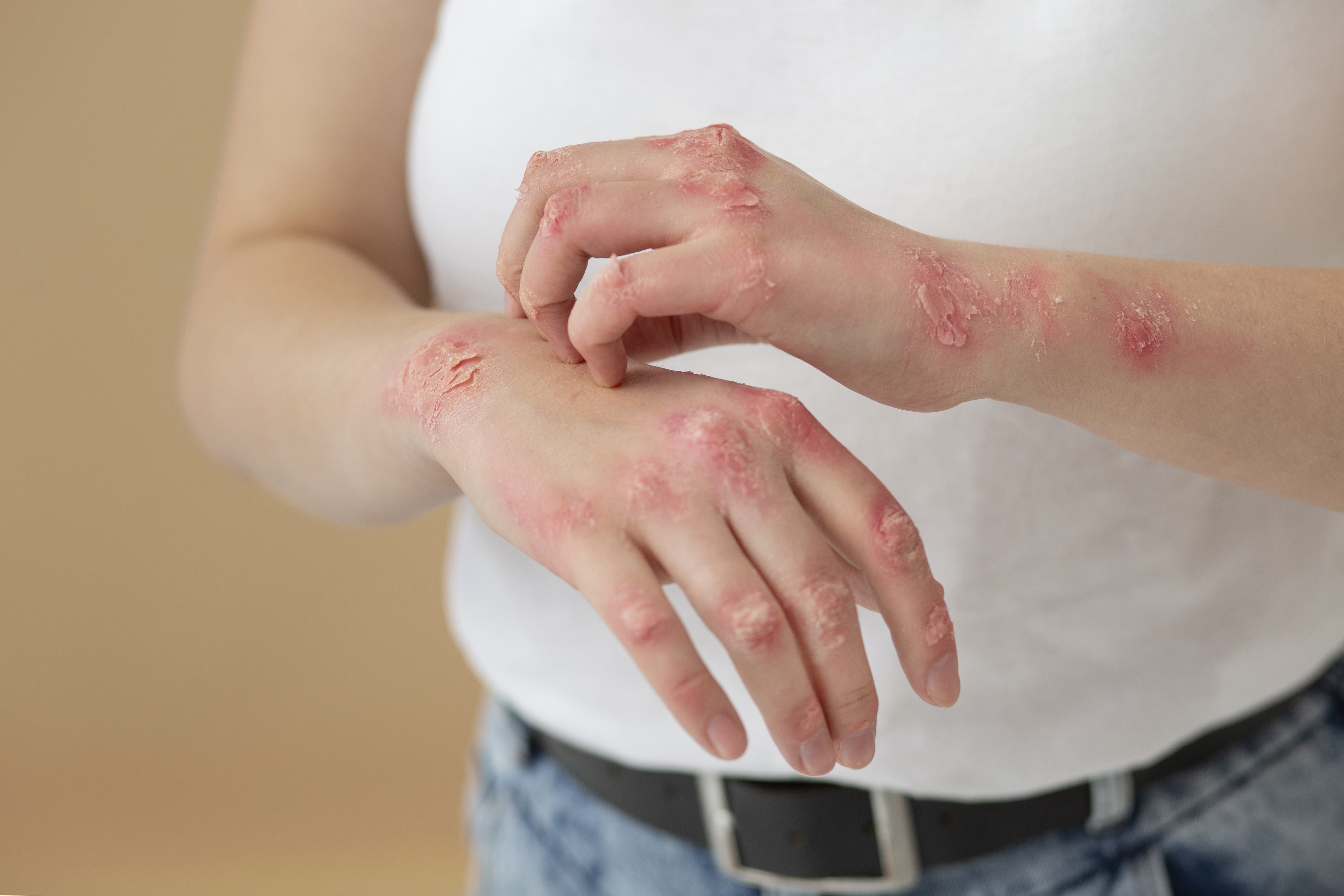













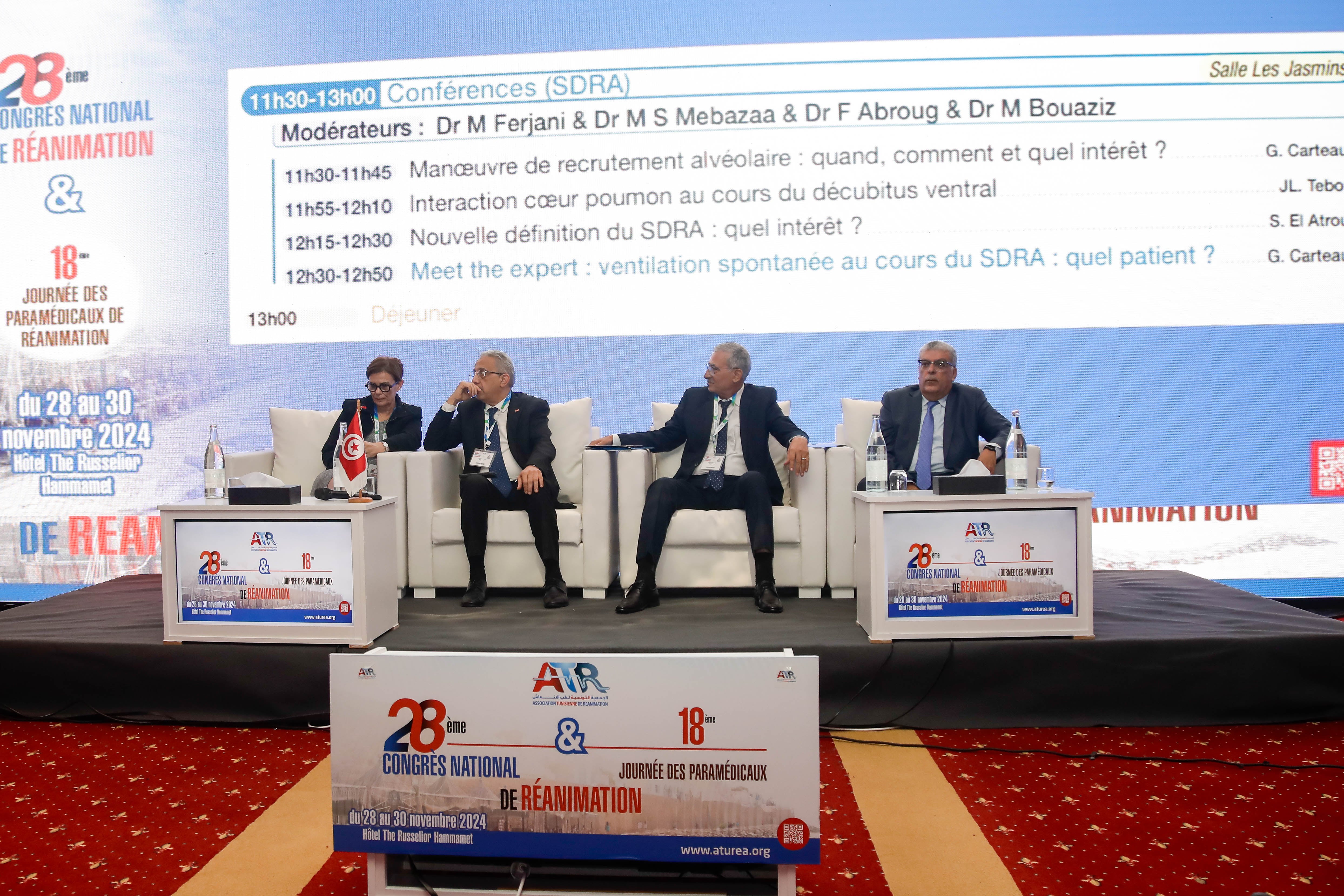











.jpg)
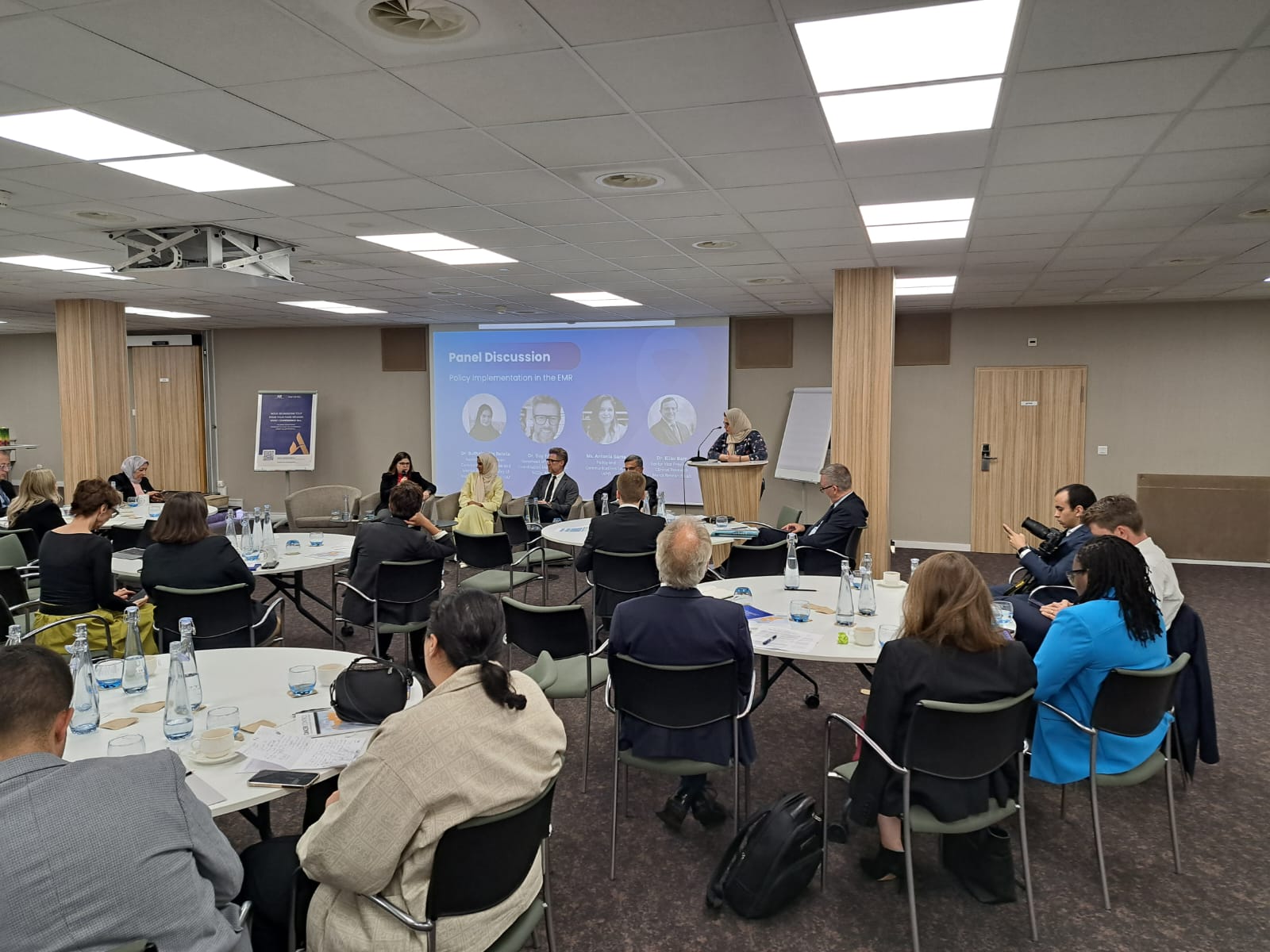


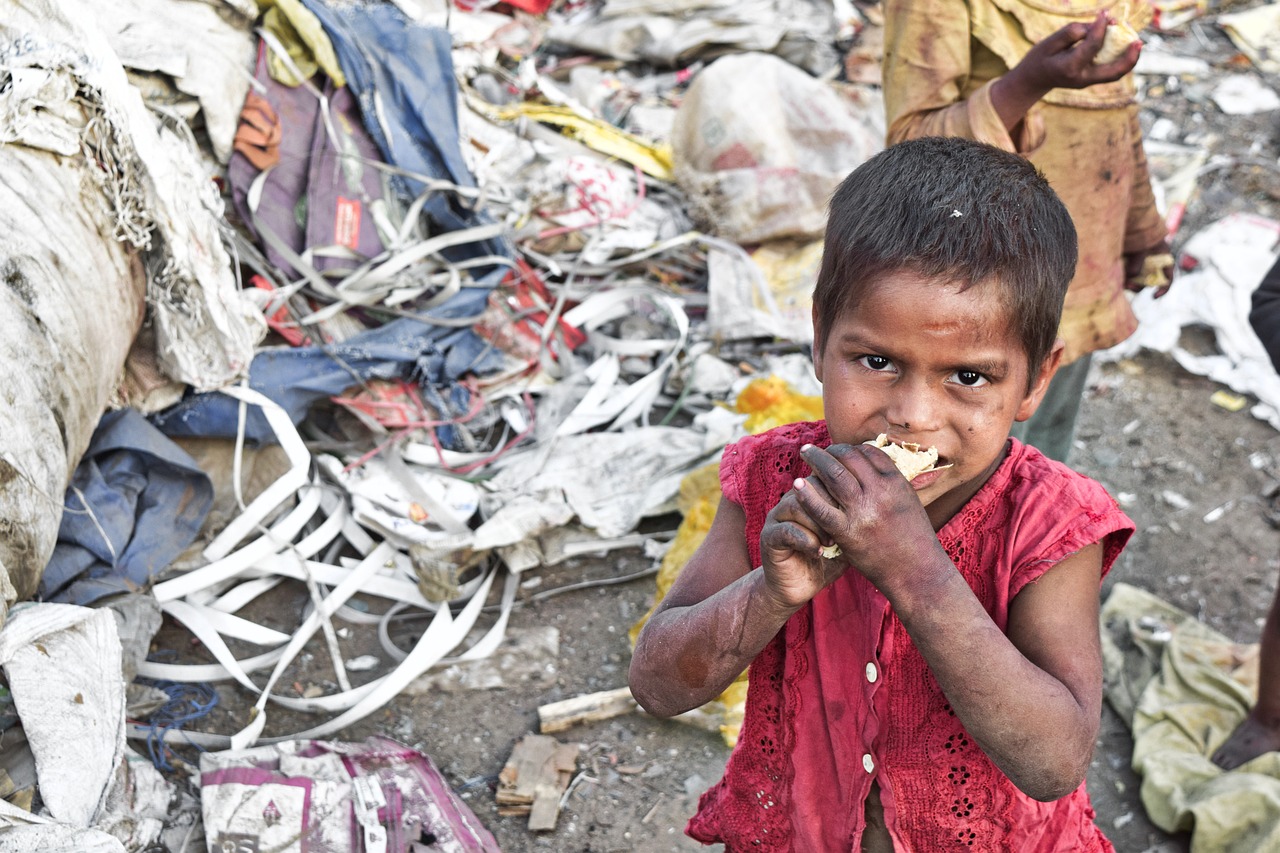


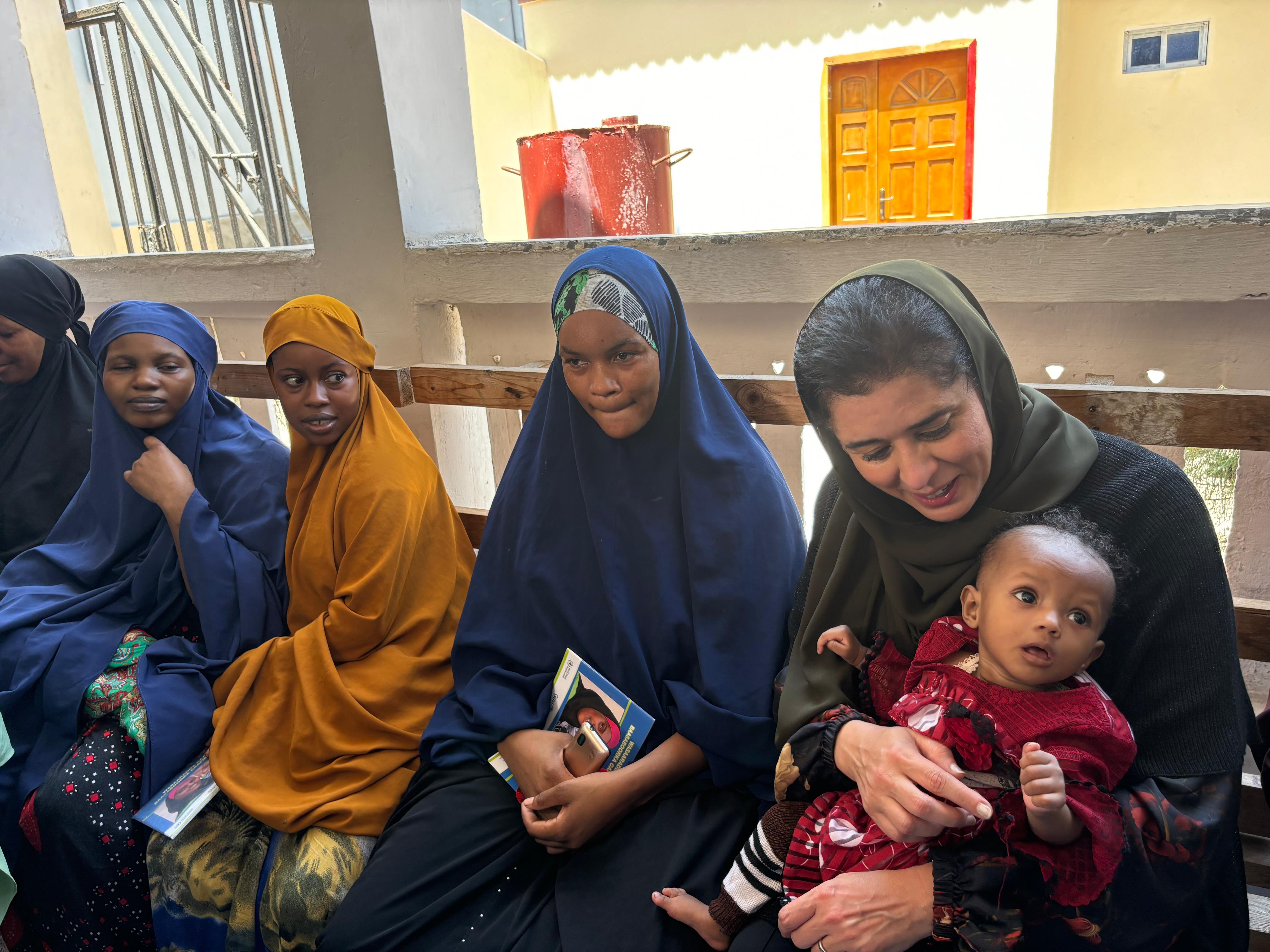






Add Comment